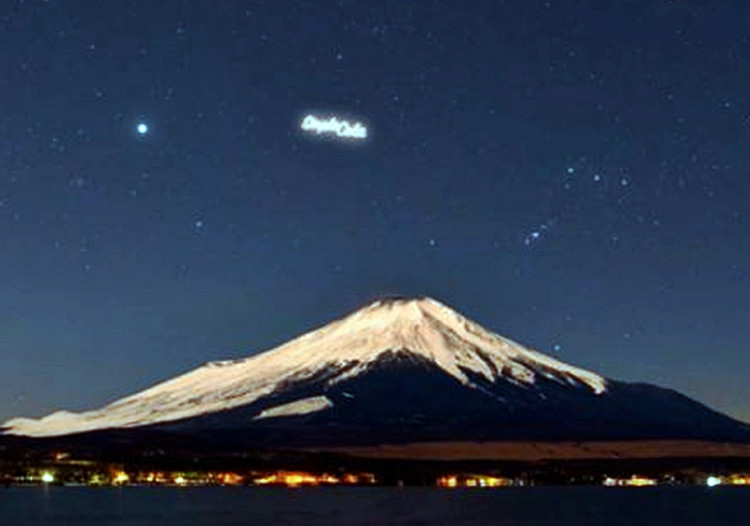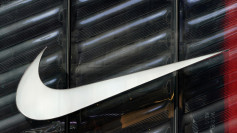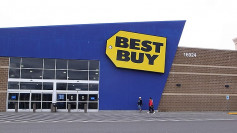A Russian start-up has plans of turning outer space into one humungous advertising billboard -- and forever ruining our notions of romantic evenings.
The crazy idea of the company named StartRocket is to deploy luminous "billboards" with programmable advertising messages to Low Earth Orbit (LEO) using a constellation of small satellites called cube satellites or CubeSats. The standard dimensions of a CubeSat are 10 cm x 10 cm x 10 cm.
StartRocket calls its concept "Orbital Display."
Orbiting some 450 km from the Earth's surface, StartRocket's CubeSats will unfurl Mylar sails some nine meters (30 feet) in length to catch and reflect sunlight. This phenomenon will create a pixelated matrix visible from the Earth's surface.
Each satellite will deploy a single collapsible Mylar sail to reflect the light of the Sun. It will form a single pixel in the giant nocturnal display. The size of this orbiting billboard: 50 square kilometers across, or 19 square miles.
Orbital Display will be programmed to display corporate logos for six minutes between three and four times a day. Orbital display hasn't been tested, funded or approved.
Experts said the process might prove next to impossible given the sheer enormity of red tape, rules, regulations, and standards in various countries when it comes to international advertising.
StartRocket proposes to prove its concept feasible by creating a Coca-Cola logo in orbit, as well as logos from other well-known brands. Its Orbital Displays will bombard a "potential audience of 7 billion people" with advertising from space.
StartRocket's CEO Vladilen Sitnikov, the man behind this "crazy idea," approached SkolTech, a private university in Moscow, to solve the technical details. He then hired a team of engineers to develop a prototype.
The first test launch of Orbital Display is scheduled this summer. Full execution is set for 2021.
"It's human nature to advertise everything ... Brands (are) a beautiful part of humankind," said Sitnikov.
He compares his efforts to that of Elon Musk and SpaceX. He also compared Orbital Display to banner-towing airplanes.
Orbital Display will have a brightness of around -8 magnitude. By comparison, the Full Moon is about -13 and the Sun is about -27.
The billboard will "self-destruct" and won't last more than a year, said StartRocket. The Orbital Display can only be seen in evening and morning twilight when the CubeSats catch sunlight while the observer is in darkness. It can't be seen at midnight.






